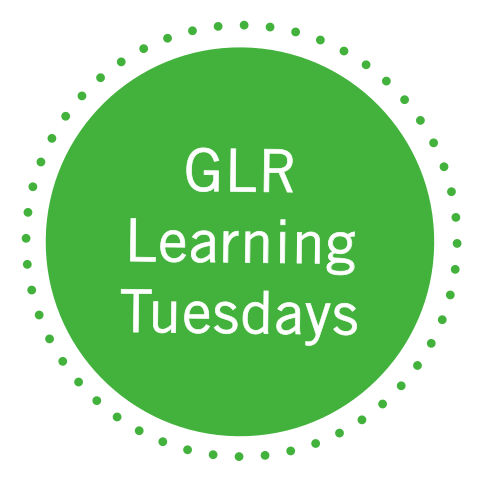
- This event has passed.
An “Honesty Gap”? Shifting State Standards & Accountability for Learning Loss Recovery

The National Assessment of Educational Progress (NAEP) is often referred to as “The Nation’s Report Card” because it is the one national report that gives us a broad look at how our kids are doing academically across the country. In recent months, state standards have shifted so that what qualifies as proficient in one state may be vastly different from what NAEP calls proficient. This means that the “cut scores” or the mark on assessments that indicates academic proficiency is moving in various states, creating an “honesty gap” where parents are left perplexed about what their children’s “scores” are and what they mean. This week’s session was an important opportunity to unpack this issue with expert leaders, explore what is happening across the states, and learn about both the educator and parent perspectives on these shifting standards.
Moderator and family engagement advocate Tracie Potts with Learning Heroes introduced the discussion by asking panelists to set the context by sharing their and their organization’s perspective and experience monitoring state standards and the information available to parents on their children’s academic ratings. Jim Cowen of the Collaborative for Student Success took us back nearly a decade when his organization first coined the term “honesty gap” as a way to hold states accountable for making data and information about student progress available to parents. He captured the situation by explaining how this term emerged:
There was confusion and anxiety about shifts in how students got to answers. And there was an enormous amount of distraction, and it became incredibly hard to discuss something that…seemed as reasonable as having consistent academic expectations for our kids. So the idea of the honesty gap was really born out of this desire to cut through that distraction and focus on a very simple but critical point…parents deserve the truth about where their kids stand on their educational progress.
After hearing from each panelist, Potts continued by engaging all speakers in a discussion of action steps and what advocates and educators can do to ensure that the honesty gap is closed and that ratings and “cut scores” for student learning progress are made clear to parents and the public. In addition to Cowen, Christy Hovanetz, Ph.D., of ExcelinEd, José Muñoz of the Education Commission of the States and Keri Rodrigues of the National Parents Union discussed what steps can be taken to understand what a proficiency rating means for students in your state, how this compares to NAEP and how to make sure parents can ask the right questions and get the information they need to support their children’s progress. Rodrigueszeroed-in on what schools and teachers can do to ensure parents have the information they need:
I’m going to issue a challenge to [state departments of education, districts, schools and teachers]. I want to see you having courageous conversations. I want you to do the opposite of what you’re doing now, which is thinking you’re being kind to us by not being honest, not telling us the real deal, not giving us all the data. Because when you do, I think you’re going to be surprised. I think you’re going to find parents who are ready to help. Because we see this stuff playing out in our living rooms. We may not be educators, but we’re not stupid. We can tell when a kid is struggling to read. But we don’t know always how to help them out. But if you tell us what to do and you tell us there’s a problem, we’re going to get to work and we’re going to be right there with you because we have a vested interest in your success. But we can’t help unless you’re willing to be courageous, be honest and tell us where we really are so that we can do this together.
And with that inspiration, we thank you again for joining this unique learning and engagement opportunity. We hope you found it enlightening and that you will plan to join us again for future opportunities.
Panel







